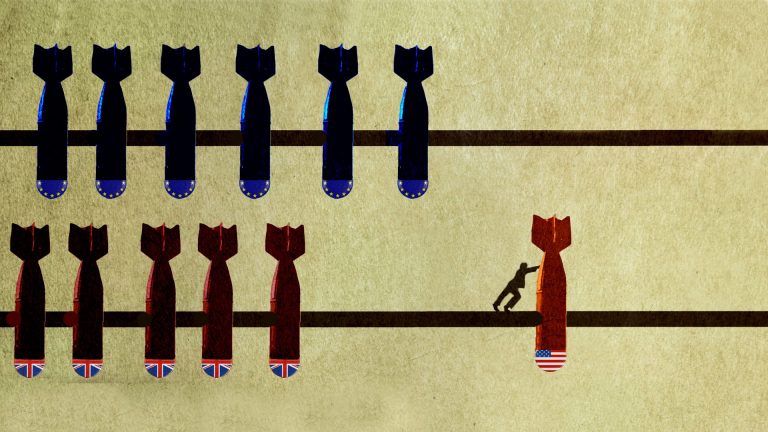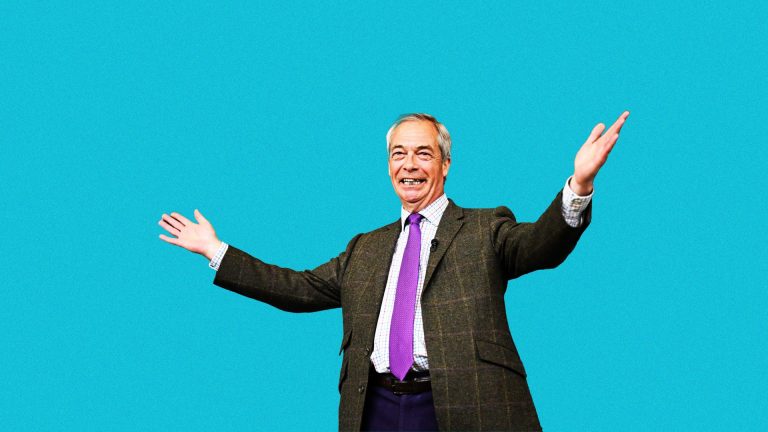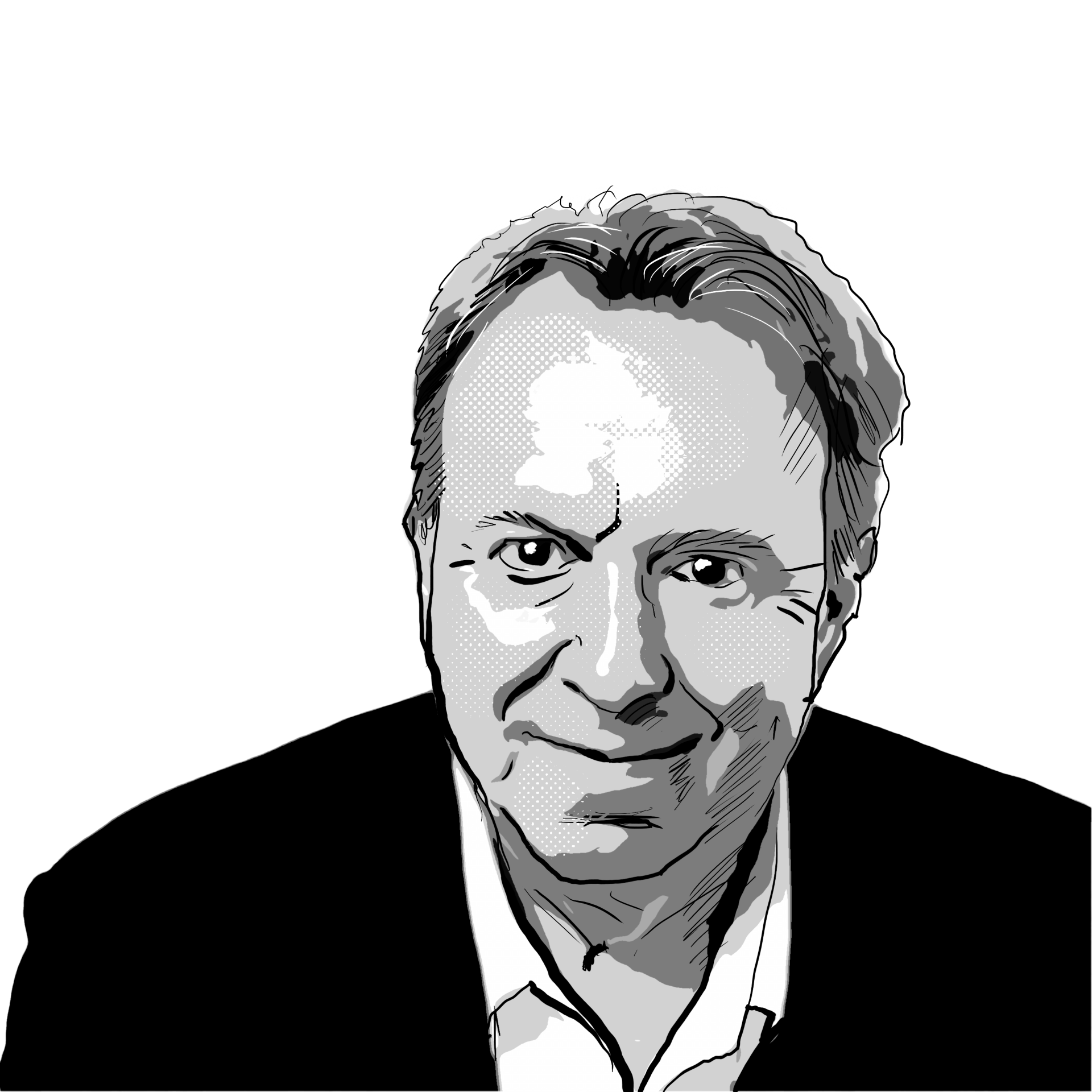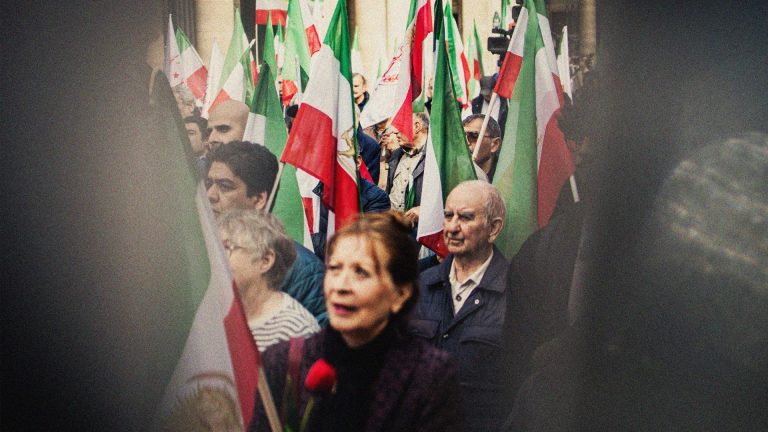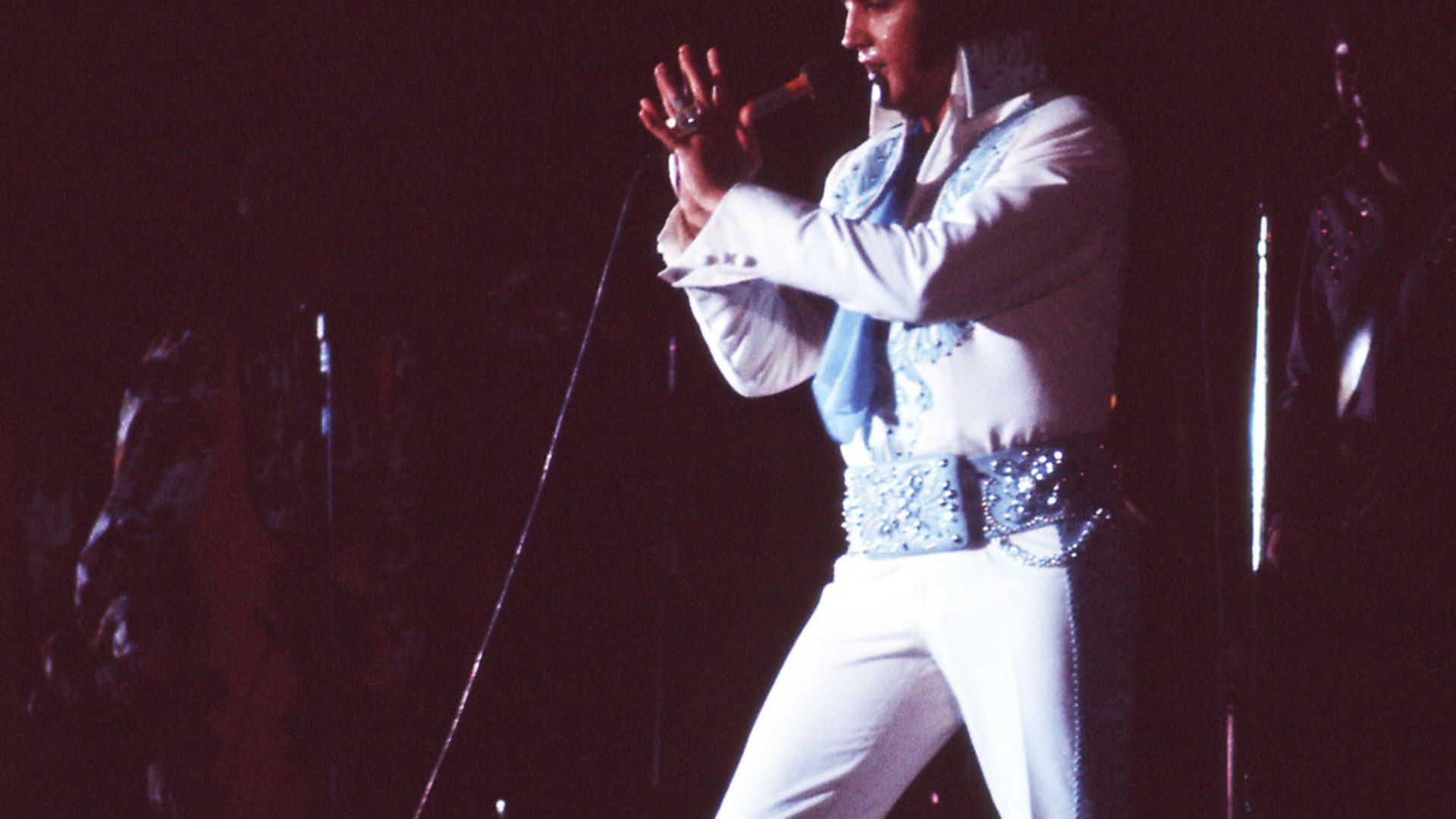
Musicians have always reflected the two sides of Vegas, the glitz on the surface and the pathos that lies below. SOPHIA DEBOICK reports.
For a place that is a byword for hedonism, Las Vegas had humdrum beginnings. A Mojave Desert rest stop on the Old Spanish Trail trade route between Los Angeles and Santa Fe, it was a railway whistle-stop town until 1931 when Depression-era economic stimulus kicked in and changed Las Vegas forever.
The Hoover Dam began construction and the state of Nevada legalised gambling, and Las Vegas became a growing pleasure town as it serviced the influx of single male workers. The US Department of Defense spent generously in the area, first opening a gunnery school and later establishing a nuclear test site just 65 miles north of the city, expanding that demographic, and hotels and casinos sprang up at breakneck speed. By the 1950s Las Vegas was established as a 24-hour sin city.
In its heyday, it was a liminal place where the rules were turned on their head. Gambling, illegal in most of the rest of the country, was ubiquitous, organised crime ran the city, and nuclear bombs made the very ground under the casinos shake. This was a city on the edge of sanity.
The mafia and nukes may be gone now, but this desert city remains a bizarre vacuum of a place, the entertainment capital of the world where pleasure is king but the pathos of fakery always lurks beneath the fun.
Music has been a major pillar of the Las Vegas economy, the billing of big names in the casino’s showrooms once used to draw punters to the gaming tables, and today they represent massive business in its own right. But for all the mercenary deal-making, this city has been a place where iconic music moments have happened and great careers have been made, and the myth of a city that promises the riches and fame of the American Dream on one roll of a dice has captured the imagination of many a songwriter.
Liberace was the very embodiment of Las Vegas glitz and his career developed in sync with the city’s growth as an entertainment hub. He landed his first job on the Strip in 1943, when he was aged just 24, having already established himself as an in-demand, versatile club pianist with a unique act which encompassed comedy, pop and “classical music with the boring parts left out”, as he put it.
An offer to leave the Last Frontier Hotel to go to the Flamingo, newly-opened just a mile down the Strip, was stymied when its mob boss owner, Benjamin Siegel, was gunned down, but in 1954 Liberace landed a record-breaking $50,000-a-week residency at the newly-opened Riviera and was well on his way to earning the moniker ‘Mr Showmanship’.
The flamboyant entertainer was a regular performer at Caesar’s Palace by the time he bought a villa a stone’s throw from the Strip in 1974, opening a typically outrageous personal museum, full of stage costumes and memorabilia, five years later. The proceeds from the entrance fees went to the music scholarships given out by the Liberace Foundation and Las Vegas would remain Liberace’s main home until his death from AIDS at 67. This may have been the most showy of artists and the most plastic of places, but real, human connection came out of Liberace’s love affair with Las Vegas.
Like Liberace, the Rat Pack were less a musical act and more a defining force for Las Vegas. Frank Sinatra first sang at the Copa Room at the Sands Hotel and Casino in 1953 and later forged a close relationship with the hotel. When he became a shareholder in the Sands it made the New Jersey mobster, Joseph ‘Doc’ Stacher, who ran it a business associate and gave Sinatra a financial motivation to make the hotel a success. By enlisting his Rat Pack pals – Dean Martin, Sammy Davis Jr, Joey Bishop and Peter Lawford – he brought the Sands huge publicity, filming Ocean’s 11 there in 1960, with the quintet performing the famous ‘Summit at the Sands’ shows at the Copa at night, an improvised display of chumminess which included music, comedy and dance.
Sinatra, Martin and Davis would make a number of live albums at the Sands, from the 1963 LP The Rat Pack: Live at the Sands to Sammy Davis Jr’s That’s All! of 1967. By that time, Las Vegas was drawing 14 million visitors a year and Howard Hughes, wanting a slice of the action, bought the Sands. Sinatra jumped ship for Caesars Palace, irked that Hughes didn’t tolerate his casino debt like the old management.
Along with the likes of Andy Williams, who opened Caesars Palace in 1966, and Tony Bennett, who started a residency there shortly afterwards, the Rat Pack defined Las Vegas in this golden era, putting forward a stridently American, masculine ideal of the male solo artist, cracking jokes and swigging whiskey on stage, even if their voices were as smooth as silk.
Sinatra’s mob connections hinted at Las Vegas’ dark side, and the way that Elvis’ association with the city mutated underscored the murkiness behind the bright lights. In 1964’s Viva Las Vegas Elvis was just 29 and matched in vivaciousness only by co-star Ann-Margret, their chemistry making the film far less woeful than his other on-screen efforts, and the title song summed up the mystique of the city.
He was already personally familiar with Las Vegas, an ideal place for a near-nocturnal compulsive spender, and there had been many speed-fuelled lost weekends there with the boys. But when, riding the wave of his December 1968 TV comeback special, Elvis began a residency at the newly-opened International Hotel in the summer of 1969, the last phase of his career became inextricable from Vegas.
At the International that summer Elvis was in the physical shape of his life and an absolute powerhouse of performing charisma. With a whip-tight backing band and an unrivalled clutch of hits, a slim and sexy Elvis oozed confidence as he joked around and threw karate poses, but he was also able to create moments of genuine drama and emotion with a voice that had never been better. The 1970 film Elvis: That’s The Way It Is and the new Legacy Recordings 11-CD boxset, Elvis – Live 1969, released earlier this year to commemorate the 50th anniversary of his first Las Vegas residency, stand as documents of a legendary performer at his peak. But while Vegas was where Elvis staged his resurrection, it would also play a major part in his subsequent decline. In an arrangement rumoured to have been made to offset manager Colonel Parker’s huge gambling debts, Elvis found himself in a state of near-servitude to the International, with a punishing schedule of an 8.15pm and midnight show every night for a solid month at a time. By the time Elvis last performed in Vegas in late 1976, he had done 837 shows there in eight years and, overworked and more disconnected from the real world than ever, his spiralling addictions and physical decline became painfully obvious in his stage act as he played the last dates of his life on his American tour of 1977.
As the music industry has changed, the relationship between musicians and the management of the Las Vegas megaresorts has too. With live performance now a bigger money-spinner than selling records, a Las Vegas residency has become the ultimate jackpot for the biggest names in music.
The queen of Vegas these days is Celine Dion, with Caesars Palace building the 4,200-seater Colosseum specifically for her 2003 A New Day… show, which ran until 2007. Its success was repeated with her eponymous show that ran from 2011 until June this year, and Dion reportedly made half a million dollars per show. Alternating with Dion at the venue from 2004 was Elton John, first with The Red Piano and then the less than subtly-named The Million Dollar Piano, which closed last year.
Dion and John occupy four of the top five places in the top-grossing Vegas residencies of all time, with Britney Spears’ Planet Hollywood Resort show Piece of Me taking the other place.
Jennifer Lopez, Cher, Rod Stewart and Bette Midler have all coined it in in Vegas in recent years, and while the chance to see massive acts who would otherwise fill stadiums perform in small casino showrooms may account for this success, these shows are as much about celebrity as commodity as music, as lip-synching abounds and ‘well-established’ artists spend 90 minutes demonstrating just how far they have fallen from their musical peak.
Yet music’s love affair with the glamour of Vegas, typified in Elvis’ 1963 song Night Life (“You can’t be a quitter when you’re caught up in the glitter”) continues, from Katy Perry singing of Waking Up in Vegas (2008) after a typical Vegas blow out, to Barry Manilow, who had a seven-year residency at the Hilton, going completely hyperbolic on Here’s to Las Vegas, describing the city as a “heaven” where “everyone’s winning”. Myth often trumps reality, and nowhere more so than in America.




